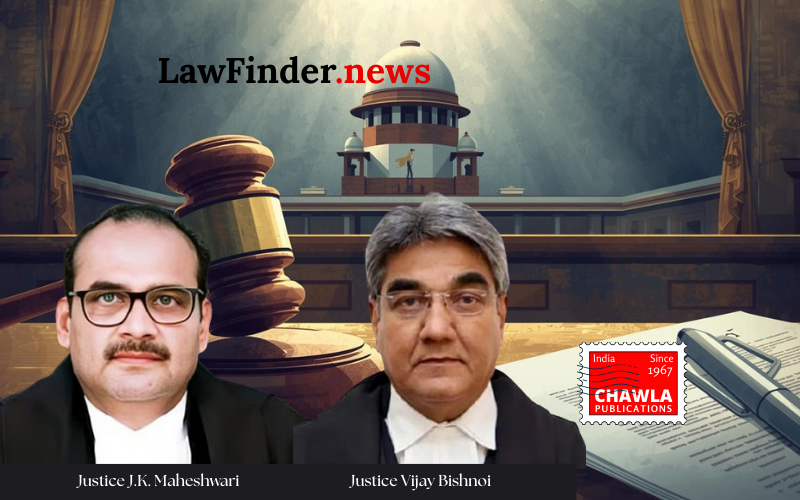Scrutinizing Testimonies: The Supreme Court Acquits Accused of Murder
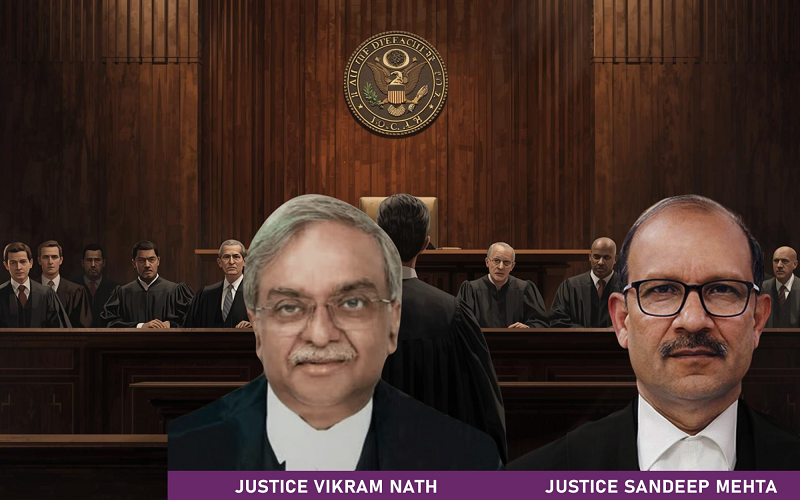
A Case Study on the Importance of Corroborative Evidence and the Role of Related Witnesses in Criminal Convictions
The Supreme Court of India has set aside the convictions of two accused, underscoring the significance of corroborative evidence and the scrutiny required for testimonies of related witnesses. This judgment offers a crucial insight into how Indian courts approach cases reliant heavily on testimonies from interested parties, emphasizing the need for cautious scrutiny and the burden of proof resting with the prosecution.
Background of the Case
The case revolved around the murder of Edison Suvisedha Muthu, allegedly committed by two accused, Pitchu Mani @ Pitchai Mani (A1) and Esakkimuthu (A2), motivated by an ongoing enmity. The prosecution's case was primarily built on the eyewitness accounts of the deceased's son (PW-1) and wife (PW-2), who claimed to have seen the murder from a TASMAC shop, despite the improbability of them covering a distance of 16 kilometers on a bicycle within 30 minutes.
Supreme Court's Analysis
The Supreme Court's analysis was rooted in the principles of evidence law and the necessity for corroborative evidence. It highlighted several critical aspects:
- 1. Improbability of Witness Accounts: The court found significant improbability in the witnesses' accounts, questioning their ability to cover such a distance in the stipulated time. This raised substantial doubts about their presence at the crime scene.
- 2. Lack of Corroborative Evidence: Despite the testimonies of PW-1 and PW-2, the prosecution failed to provide independent corroborative evidence. The court noted that the statements of these related witnesses require greater scrutiny, especially when uncorroborated by other evidence.
- 3. Hostile Witnesses: Several other witnesses, including customers and the manager of the TASMAC shop, turned hostile. Their accounts suggested multiple assailants, contradicting the prosecution's narrative of the accused being the sole perpetrators.
- 4. Reasonable Doubt and Acquittal: The Supreme Court emphasized the principle that guilt must be established beyond reasonable doubt. Given the inconsistencies and improbabilities in the prosecution's case, the court concluded that the accused could not be proven guilty, warranting acquittal.
Legal Implications and Learnings
This judgment reinforces several key legal principles:
- Scrutiny of Related Witnesses: The court reiterated that testimonies from related or interested witnesses must be approached with caution and require corroboration to be deemed credible.
- Burden of Proof: The prosecution's responsibility to prove guilt beyond reasonable doubt was highlighted, underscoring the need for independent corroborative evidence in cases reliant on interested witnesses.
- Improbabilities in Prosecution's Case: The court demonstrated that improbabilities and inconsistencies in the prosecution's narrative can lead to acquittal, emphasizing the need for a coherent and credible story backed by evidence.
Conclusion
The judgment in Esakkimuthu v. State serves as a critical reminder of the standards of proof required in criminal cases, particularly those involving testimonies from related witnesses. It underscores the necessity for corroborative evidence and the importance of establishing guilt beyond reasonable doubt. Legal practitioners must ensure comprehensive scrutiny of witness testimonies and seek corroborative evidence to uphold the integrity of the judicial process. This case is a testament to the judiciary's role in safeguarding the rights of individuals against wrongful convictions and ensuring justice is served through meticulous legal scrutiny.
Trending News
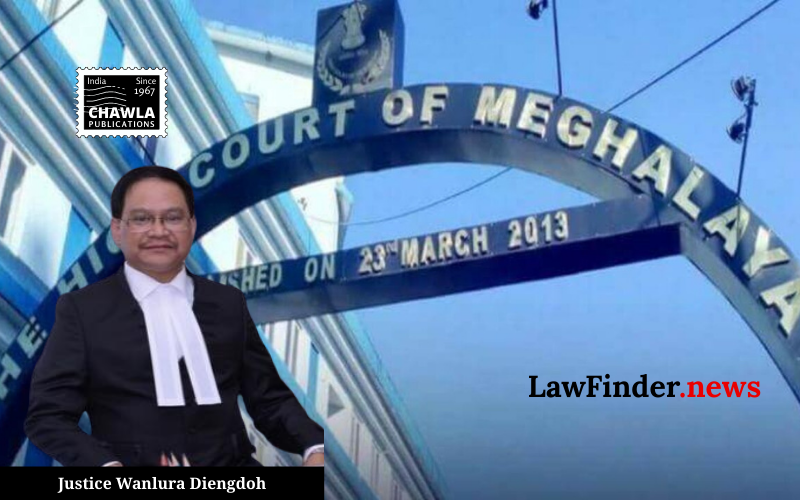
Conviction under the POCSO Act - Sentence suspended consider in a consensual love relationship
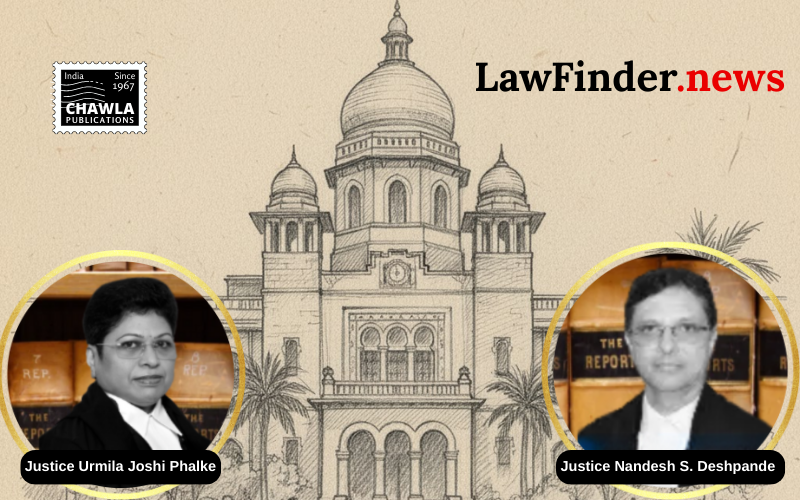
A civil dispute arising from a commercial transaction does not constitute a criminal offence of cheating
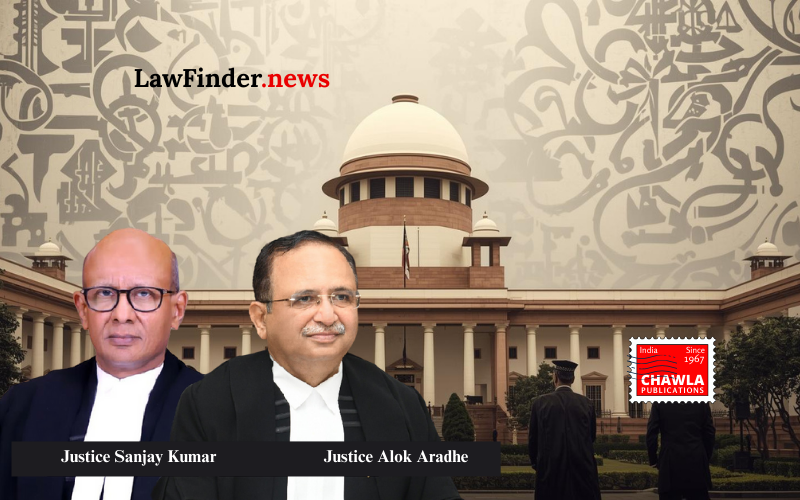
Manipur violence: SC asks why entire leaked clips not sent for forensic test
